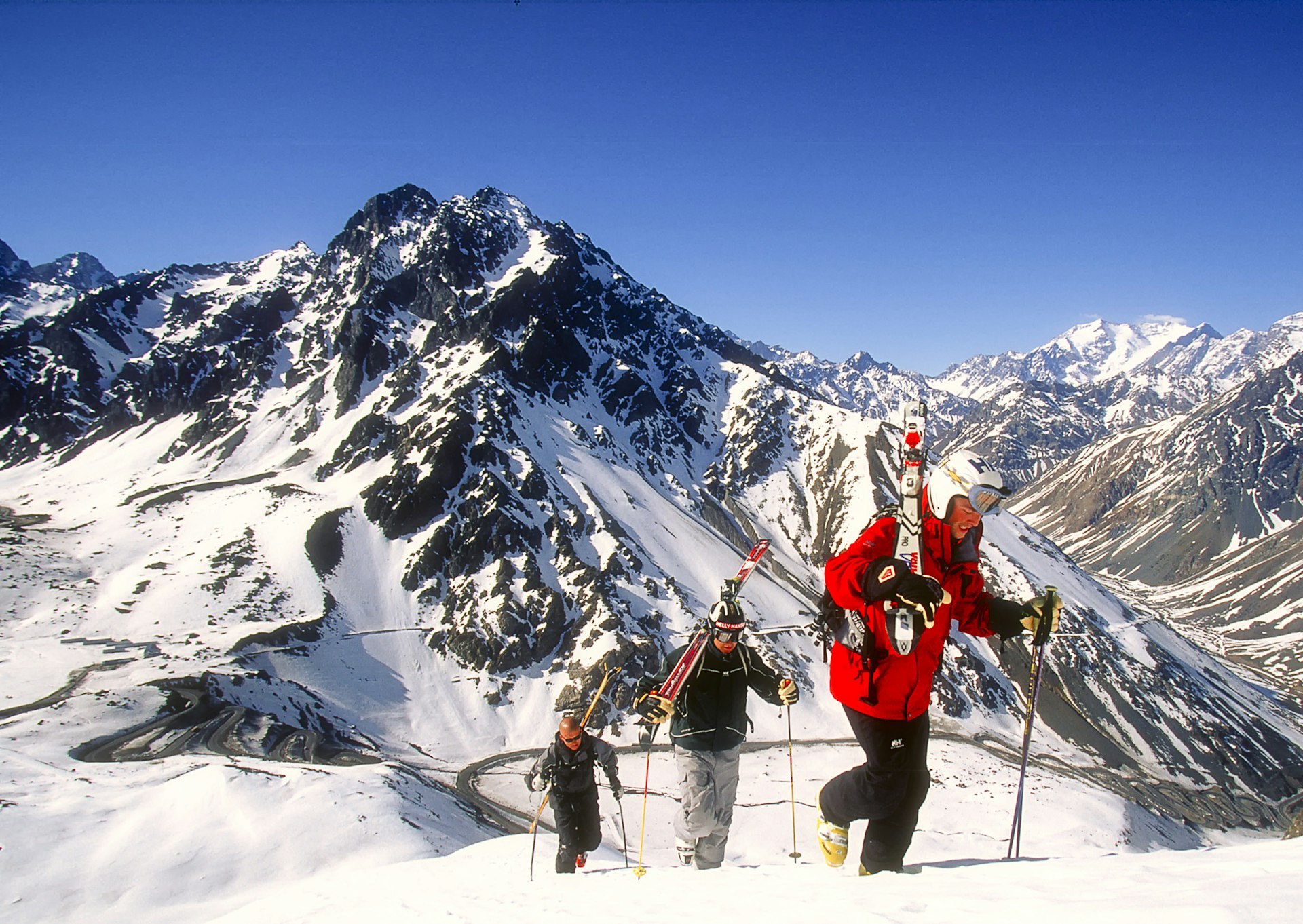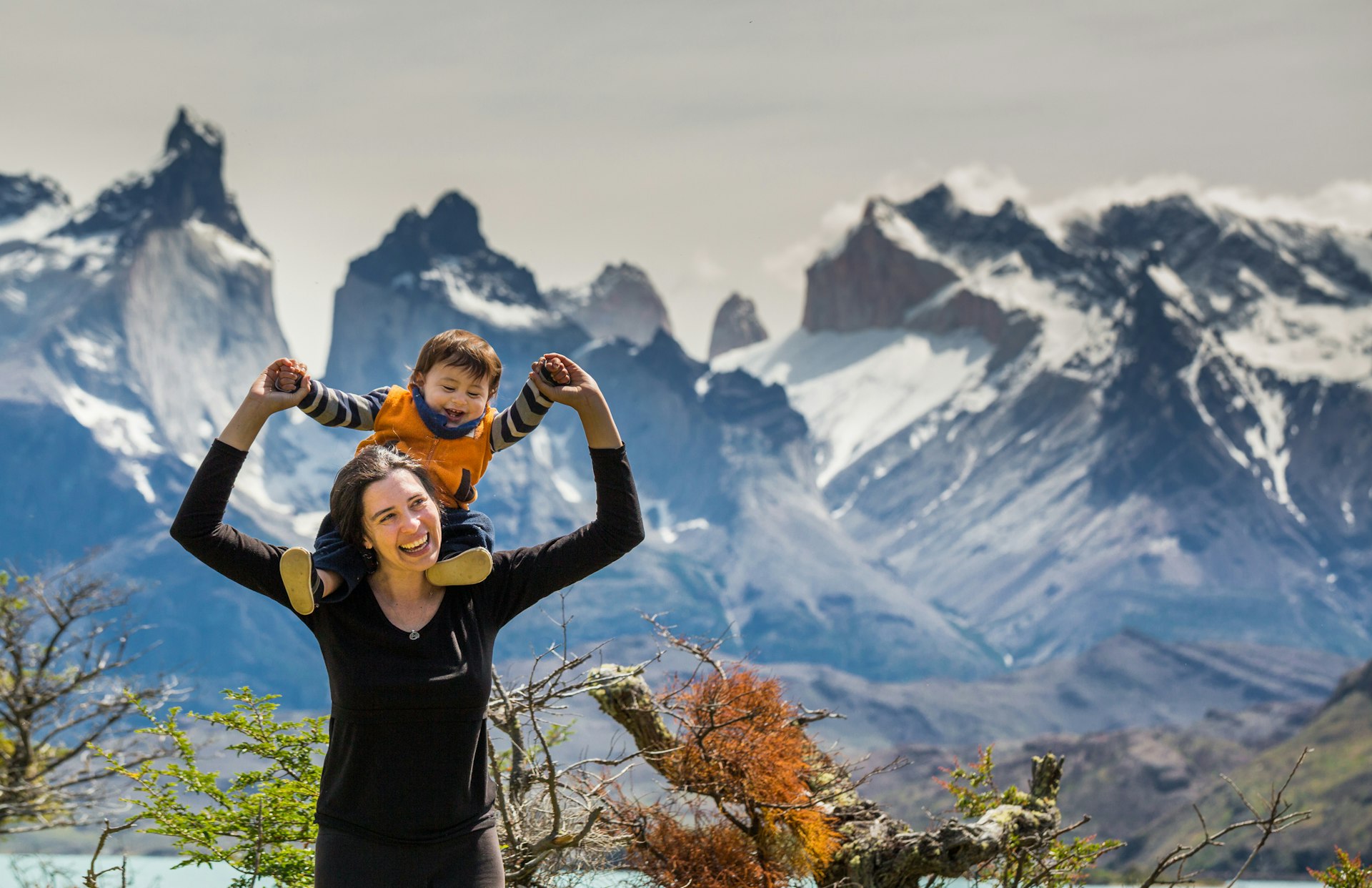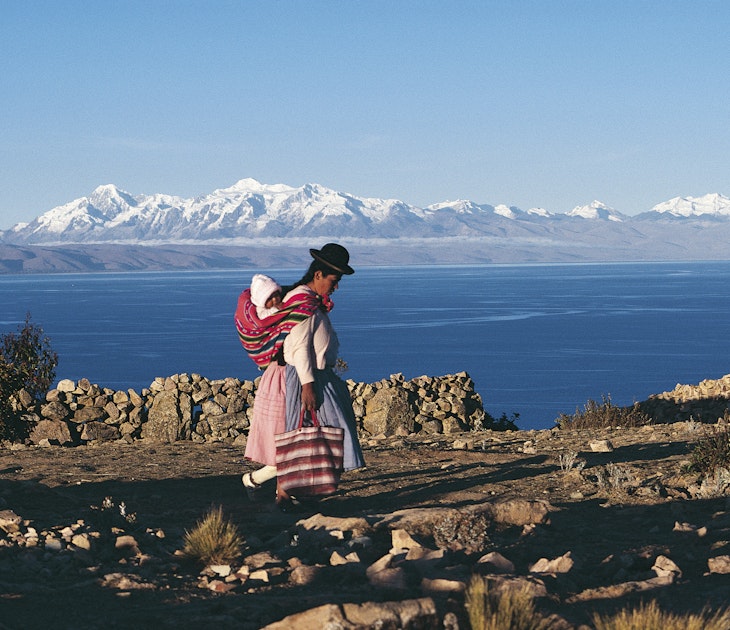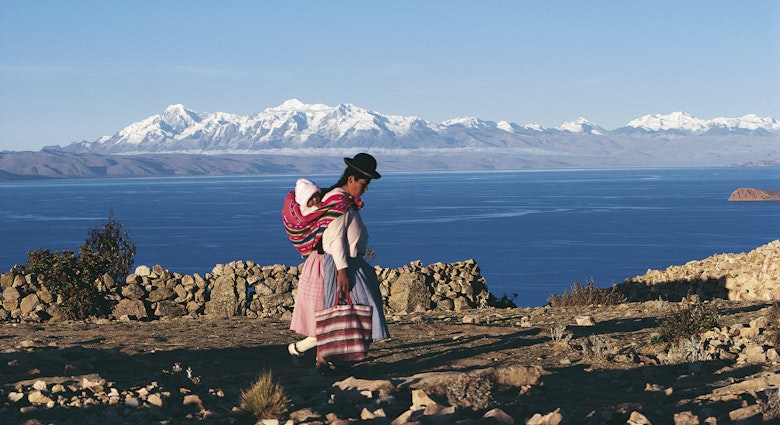Travelers arriving in Chile from neighboring countries often have the same first reaction: shock. It’s not the height of the Andes, the size of the glaciers or the barrenness of the desert – though those also surprise – but rather the cost of living.
Chile is South America’s second-wealthiest nation by GDP per capita (just behind Uruguay), which is why your daily expenses will be notably higher. While alcoholic drinks tend to be relatively cheap (including the wonderful wines), meals, groceries, transportation and hotel prices aren’t all that different from many destinations in Europe or North America, particularly as you head south into the remote wilds of Patagonia. There are, however, some easy ways to save if know how.
We've rounded up some tricks and tips to help keep more of those colorful Chilean pesos in your wallet, as well as a handy guide to daily costs you can expect on a trip to Chile.
Use your Tourist Card
All visitors entering Chile on tourist visas will receive a Tourist Card. Hold onto it! Not only will you need to return this paper document upon departure but it’s also your ticket to avoiding the 19% room tax at hotels, which domestic tourists must pay. Most hotels don’t automatically deduct the tax, so be sure to show your passport and Tourist Card at check-in and pay with a foreign credit card.
Fly on budget airlines
Chilean multinational LATAM is Latin America’s largest (and best) airline, but to travel domestically (or even from South American neighbors), it’s often cheaper to fly on low-cost alternatives. These include JetSmart and Sky Airline, both of which have a wide network of domestic and international destinations. Be aware, however, that the base fares only include a small backpack (even carry-on luggage is extra!).

Make wine your evening treat
Wine in Chile can be as cheap as Coca-Cola – though you might want to take the opportunity to splurge on a higher-quality bottle for much less than back home. Supermarkets (especially Jumbo but also Lider) tend to have the widest and cheapest selection. Sharing a bottle in the evening with your travel companions can be a great way to save. Just make sure the bottle doesn’t include the word dulce unless you prefer your wine extra sweet.
Shop at the ferias
Markets selling seasonal fruits and vegetables directly from the farmers may be quaint and expensive in other parts of the world, but in Chile, they are lifebloods for local families and one of the best ways for self-catering travelers to eat well on a budget.
Not only are the prices typically half of what you’ll find in the supermarket, the ferias (as markets are known in Chile) typically offer stands with local cheese, eggs, seafood and preserves, giving visitors a peek into Chilean home cooking. Note that, unlike elsewhere in Latin America, bargaining is frowned upon here.
Dine out on set lunches
For many Chileans, lunch is the biggest meal of the day. Make it your main meal by taking advantage of the many set lunches offered at restaurants and cafes across the country. For one fixed price, you can often get a three-course meal – including a soup or salad, a main and a dessert – for between 6000 and 8000 CLP. Set lunches are also a great way to try traditional homestyle Chilean food, which can be difficult to find in restaurants.
Ask for tourist discounts at malls
If you need to buy some outdoor gear, ski clothes or travel essentials, you’ll likely find yourself at one of Chile’s giant shopping malls. Many, including Santiago’s Costanera Center, offer discounts of up to 20% for tourists who can show a foreign passport. Typically, you’ll need to first register at the information desk, where you’ll learn how to take advantage of the discounts.

Pack a tent
Chile has a strong outdoor culture with campgrounds spread throughout its Andean hills and Pacific coastline. Camping may be the cheapest way to explore the country – particularly for adventure travelers basing their trips around national parks. Keep in mind, however, that it can get quite cold at night, no matter the place or time of year – pack accordingly. Campgrounds are also generally far from bus stations and airports, so you may need your own wheels.
Be aware of Transbank machines
Transbank is the largest maker of credit card machines in Chile, but it’s also the only one that forces those with international credit cards to accept an additional fee to use them (beyond what your bank might charge), which starts at 300 CLP and grows depending on the size of the transaction. The Transbank machines at large chain stores don’t implement this fee, but anywhere else, it’s best to use a debit card if you spot Transbank to avoid paying extra.
Savor the free breakfasts at hotels
Nearly every hotel in Chile offers breakfast included in the room rate, which may make it a cheaper option than an apartment rental if you have a heavy late breakfast (and are able to skip or take a light lunch). The breakfasts are usually quite generous and will likely include a buffet in larger hotels.
Take overnight buses
Plan to travel long distances in Chile? Overnight buses are actually quite comfortable, often including wi-fi, seatback entertainment screens and attendants who deliver a basic breakfast (really a snack). If money allows, it’s worth booking a semi-cama or salón-cama seat for extra space and a deeper recline. Because one large checked bag is included in the price – and you won’t have to pay for transport to and from airports – buses typically work out to be the cheapest mode of transport. Turbus and Pullman Bus have the widest networks.

Plan your ski trip for August
It may seem counterintuitive, but August is both the best month to ski in the Chilean Andes and off-season at many resorts. That’s because, even though you have peak snow conditions, it’s sandwiched between the July winter holidays for school kids and the Independence Day holidays of September.
Skip the expensive wine tours
Wineries in Chile love to sell visitors on elaborate and expensive tours, when all many of us really want to do is try the wines. While some places do have a tasting option, it’s still typically cheaper to just head straight to the onsite restaurant, cafe or bar and order by the glass. You’ll get to sip a lot more wine for a fraction of the cost.
Ride the Santiago metro
Metros can be intimidating for first-time users, but Santiago’s system is actually pretty straightforward and easy to use. For less than US$1, you can ride as far as you want across town on any one of the six interconnecting lines, making it the cheapest, fastest and easiest way to get around. For multiple rides, be sure to purchase the rechargeable Tarjeta bip! card.
BYO groceries to Rapa Nui (Easter Island)
Food prices on Rapa Nui are notoriously expensive, so you may want to bring your own supplies from the mainland. Flight tickets include at least one checked bag, so you can load it up with some wine and provisions to save on island dining costs.

Visit Patagonia in December, March or April
Patagonia is absolutely packed in January and February with domestic tourists. So, if your dreams of wild fjords and glistening glaciers involve peace and solitude, avoid these months at all costs. Instead, book in the shoulder seasons when the weather is just as good but the rates at hotels have fallen.
Take a tip-based tour
If you want to explore cities like Santiago or Valparaíso with a guide but are wary of spending the extra money, show up instead for a tip-based tour. Companies like Tours4Tips have set daily departures, typically from a historic downtown plaza. While technically free, do remember these tours are only possible because of the gratuity guides expect at the end.
Daily Costs
- Hostel room for two: 25,000 CLP
- Basic room for two: 50,000 CLP
- Self-catering apartment (including Airbnb): 50,000 CLP
- Public transport ticket in Santiago: 700 CLP
- Coffee: 2,500 CLP
- Glass of Chilean wine: 4,000 CLP
- Sandwich: 6,000 CLP
- Empanada: 2,000 CLP
- Average daily cost per budget traveler: 27,000 CLP to 50,000 CLP












